Aquaponics: Using Fish to Grow Food
Wednesday, April 16th, 2014This is Passport to Texas
I predict the next big trend in food production – at least for small farm/commercial operations and backyard gardening enthusiasts – will be aquaponics.
05— Simply – aquaponics is a combination of aquaculture and hydroponics.
Monica McGarrity is an aquatic invasive species biologist and coordinates permits for exotic species. The basic premise of aquaponics is simple.
07—Waste created from the fish is used to feed the plants; and it’s typically a completely closed recirculating system.
Of course, in practice aquaponics is more involved, and there are rules, permits and fees to consider. Oh, and fish.
34—Some folks do use species that are native to Texas, including catfish and sunfish; the department does not regulate those as long as the brood fish come from an aquaculture source, not from the wild population. But when it comes to these harmful or potentially harmful species [such as tilapia], an exotic species permit may be required. The key distinction is going to be whether they’re engaging in personal aquaponics or commercial aquaponics. If they’re not selling the fish, and the fish are Mozambique tilapia, then a permit is not required.
Monica McGarrity returns tomorrow to tell us more about aquaponics in Texas.
The Wildlife and Sport Fish Restoration program supports our series and funds diverse conservation projects in Texas.
For Texas Parks and Wildlife, I’m Cecilia Nasti.
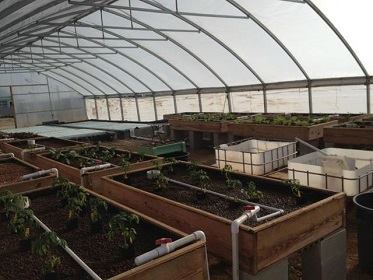

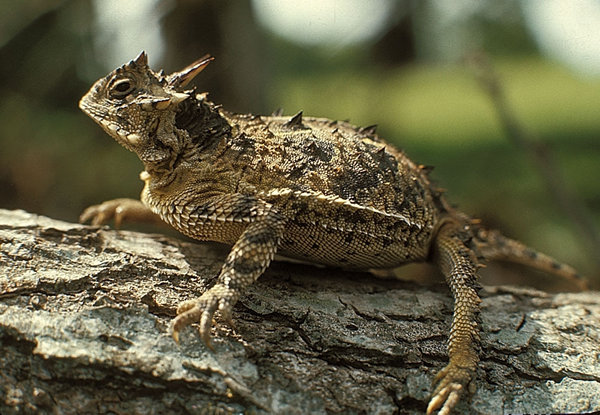
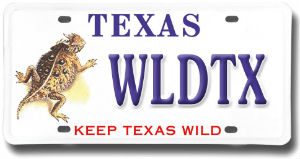
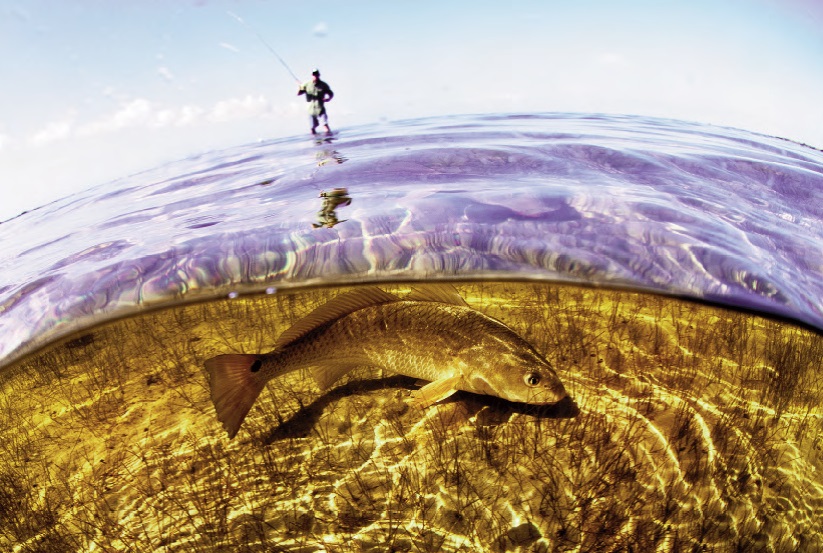
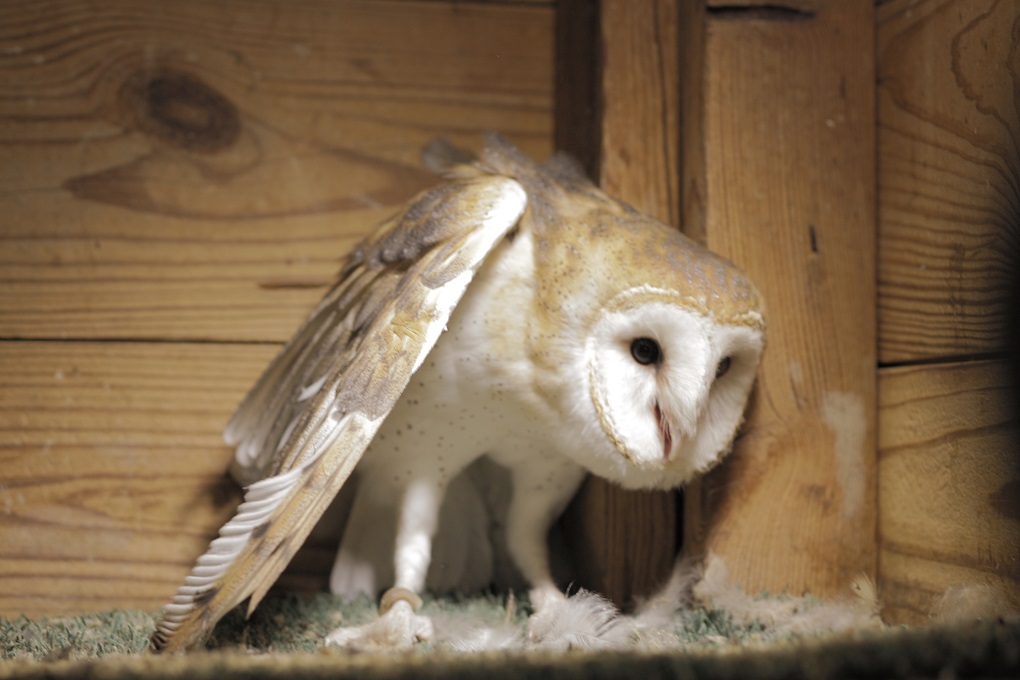

 Passport to Texas is a
Passport to Texas is a  Passport to Texas is made available by:
Passport to Texas is made available by: